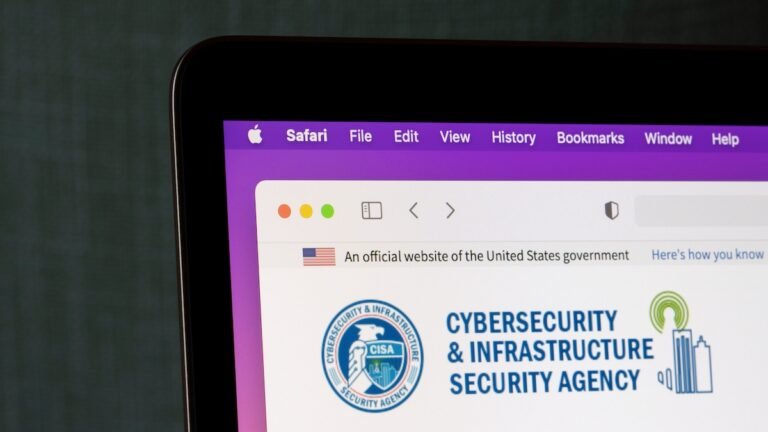Essential Insights
-
Vulnerability Exploited: Ransomware operators are exploiting CVE-2024-57727, a vulnerability in SimpleHelp software, to retrieve sensitive information from utility billing software customers.
-
Severity and Patch Status: The flaw, with a CVSS score of 7.5, was patched in January 2024, but many remain unpatched, enabling ongoing attacks.
-
Attacks Targeting MSPs: CISA warns of ransomware attacks, including one by DragonForce, affecting Managed Service Providers (MSPs) and their customers via vulnerable SimpleHelp instances.
- Immediate Action Required: CISA urges all users and vendors to quickly patch SimpleHelp, disconnect affected systems, and monitor for indicators of compromise to prevent further exploitation.
What’s the Problem?
Recent alerts from the U.S. Cybersecurity and Infrastructure Security Agency (CISA) reveal a troubling trend: ransomware operators are actively exploiting a vulnerability in SimpleHelp remote monitoring and management (RMM) software, specifically the bug designated CVE-2024-57727. This flaw, which has a significant CVSS score of 7.5, enables cybercriminals to access sensitive credentials and API keys, thereby compromising various utility billing software providers and their clients. Despite being patched in January 2025, this vulnerability remains a focus for ransomware actors, who have demonstrated their ability to leverage it for “double extortion” schemes against managed service providers (MSPs) and end-users.
In late May, Sophos highlighted an instance of such exploitation, linking it to attacks on a managed service provider. CISA’s recent communications call attention to parallel incidents and underscore the necessity for immediate action among software vendors and users. They recommend urgent patching, system disconnections, and rigorous monitoring for unusual server activity to mitigate the risk of further compromise. The agency stresses that failure to address these vulnerabilities leaves organizations exposed to ongoing threats, illustrating a broader pattern of risk associated with unpatched SimpleHelp versions released prior to the security fix.
Risks Involved
The exploitation of the SimpleHelp vulnerability (CVE-2024-57727) poses significant risks not only to the affected utility billing software provider but also to a wide array of businesses, users, and organizations that depend on interconnected systems. As ransomware operators increasingly target unprotected software, the ripple effect can lead to double extortion attacks that compromise sensitive information such as credentials and API keys, thereby jeopardizing the integrity and continuity of services for downstream customers. This vulnerability creates a fertile ground for a cascading series of disruptions, as third-party vendors and organizations that do not promptly patch their systems risk not just financial losses but also reputational damage from service outages or data breaches. Additionally, the interconnected nature of modern infrastructure means that a breach in one sector can inadvertently expose vulnerabilities in others, amplifying the potential for widespread chaos across networks and simultaneously undermining customer trust. To mitigate these risks, it is imperative that all stakeholders act swiftly to apply necessary patches and conduct thorough security assessments to safeguard their operations and protect their clients.
Possible Actions
Timely remediation is crucial in the face of vulnerabilities like the ‘SimpleHelp Vulnerability’ to ensure the security and integrity of utility billing software systems.
Mitigation Steps
- Immediate Software Update
- Disable Unused Features
- User Access Restriction
- Network Segmentation
- Enhanced Monitoring
- Incident Response Planning
- Security Awareness Training
NIST Guidance
The NIST Cybersecurity Framework emphasizes proactive risk management and incident response. For more detailed guidance, refer to NIST Special Publication 800-53, which outlines security and privacy controls.
Advance Your Cyber Knowledge
Discover cutting-edge developments in Emerging Tech and industry Insights.
Understand foundational security frameworks via NIST CSF on Wikipedia.
Disclaimer: The information provided may not always be accurate or up to date. Please do your own research, as the cybersecurity landscape evolves rapidly. Intended for secondary references purposes only.
Cyberattacks-V1

